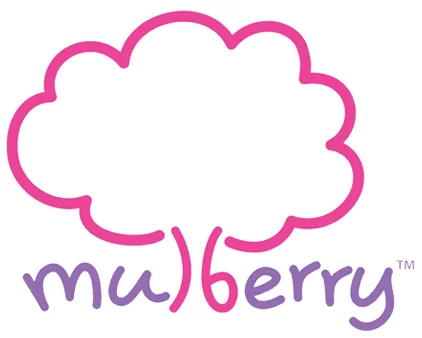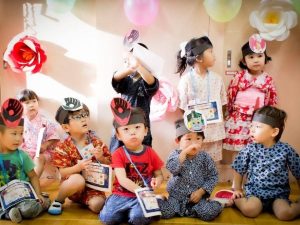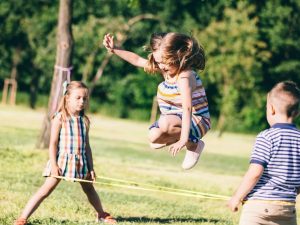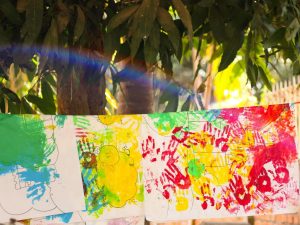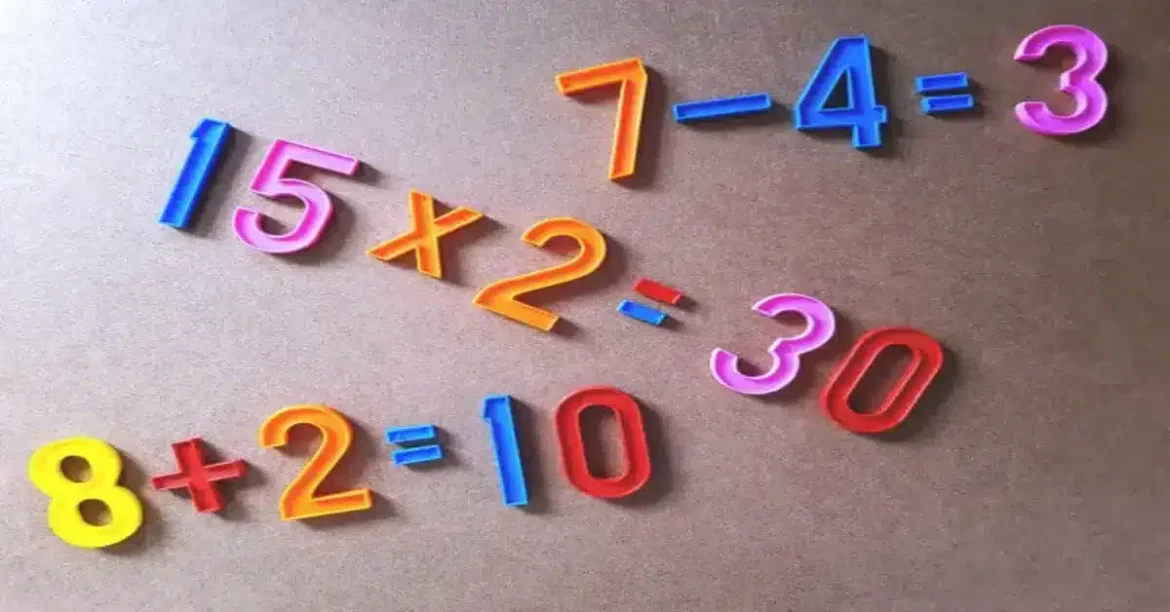
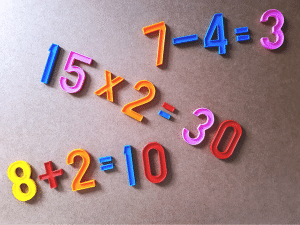
Preschoolers always love to explore things through games. It is easier for parents to encourage children to approach math through math talks while their children are playing. This will help them enjoy exploring numbers, and early access to math increases their thinking ability.
This article helps parents have a better method when talking about math to children so that they smoothly absorb math in their early stages of life.
Why do preschoolers need a math talk?
Children need math skills for several important reasons:
- Early Development of Mathematical Concepts: Math talk helps lay the foundation for understanding mathematical concepts from a young age. It allows preschoolers to explore basic numerical relationships, patterns, and shapes, crucial building blocks for more advanced math skills later in life.
- Language Development: Math talk promotes language development by encouraging children to express their thoughts and ideas related to math. It helps them build their vocabulary, practice communicating, and develop the ability to explain their thinking.
- Problem-Solving Skills: Practicing math talk enhances preschoolers’ problem-solving skills. They learn to think critically, analyze situations, and find solutions for their problems to make their own choices. For example, which brand and size of tinned beans is the cheapest?
- Cognitive Development: Math talks develops various cognitive processes in preschoolers’ brains. It encourages memory, attention, and reasoning, contributing to overall cognitive development.
How your preschooler starts learning math
Children start learning math skills from the time they’re born. Children can’t yet call it math, but they have a sense of recognizing objects around them, pointing and counting fingers, and recognizing one or more people around them.
As your child gets older, through the guidance of parents and teachers in math talks, he learns more numeracy and math skills, including:
- big and small (size)
- high and low (height)
- heavy and light (weight)
- fast and slow (speed)
- close and far (distance)
- the first, second and the last (order)
This math learning happens through everyday play and activities at home or school.
4 Activities on how to help kids develop math skills
1. Math Talks:
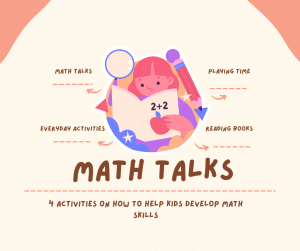
- Use mathematical concepts to describe what you and your child are see and do together.
- You and your child can begin by counting together: Counting fingers, toes, toys, or anything that catches your child’s attention. You can also count while walking upstairs. This will help your child have the number concepts.
- Use Visual Aids: Utilize visual aids like number flashcards or charts with numbers and simple mathematical symbols. These visuals help make abstract concepts more concrete for preschoolers.
- Tell your children to remember their parents’ mobile phone numbers.
- Look and recognize speed limits (the number) on road signs.
- Read the numbers on your home’s wall lock, and let them show you the present time.
- Introduce Shapes and Patterns: Show your children different shapes and ask them to identify them in their surroundings. You can also create simple pattern sequences using objects or colors and ask your preschooler to continue the pattern.
2. Everyday Activities:
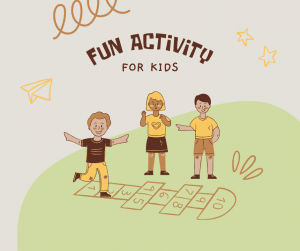
- Introduce math concepts during everyday routines. For example, while setting the table, you can ask your child how many plates, cups, or forks are needed. While cooking, you talk about measuring ingredients using cups and spoons.
- Talk about specific activities throughout the day – ‘We have breakfast at 7:30 am’, or ‘your bedtime is 9 pm’.
- Talk about what you’re doing when preparing food. For example, ‘I’m cutting this apple in half’ or ‘Let’s share these bananas – one for your dad and one for you’.
- When you’re out and about, encourage your child to compare the sizes of stones, bushes, and trees and describe the shapes of leaves, colours of flowers, or sizes of birds.
- Get your child involved in cooking: Your child can help stir, pour, fill, and mix. This will help your child know how to count, measure, add, and estimate ingredients to put into a dish.
3. Playing time:
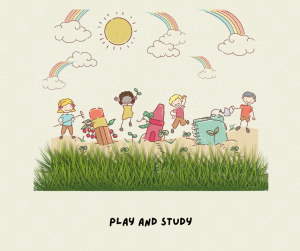
- Help your child gather and arrange her favourite toys in order from smallest to biggest.
- Encourage your child to sort his toy cars into groups based on size, colour, and shape.
- Try some simple board games, card games, and puzzles with shapes and numbers, like matching pairs or dominoes.
- Sing Math Songs: There are many fun math-related songs and rhymes available online that can make learning more enjoyable for preschoolers.
- Praise Effort: You should offer positive reinforcement and praise when your child engages in math-related activities or shows curiosity about numbers. Positive feedback will encourage them to explore further.
4. Reading books:
- You can look for age-appropriate books that introduce basic math concepts. These books can be a great way to reinforce learning in a fun and engaging way.
- Here are some recommended books that feature numbers and counting:
- “Ten Apples Up On Top!” by Dr. Seuss: This classic book follows three animal friends trying to balance apples on their heads, counting from one to ten.
- “Chicka Chicka 1, 2, 3” by Bill Martin Jr. and Michael Sampson: A fun and colourful counting book that combines numbers with the beloved alphabet characters from “Chicka Chicka Boom Boom.”
- “Mouse Count” by Ellen Stoll Walsh: In this captivating story, a snake counts the mice he plans to eat, but the clever mice have their own plan to escape.
- “One Fish Two Fish Red Fish Blue Fish” by Dr. Seuss: While not strictly a counting book, it features playful rhymes and introduces various numbers and quantities throughout the story.
- “Ten Little Ladybugs” by Melanie Gerth and Laura Huliska-Beith: This interactive book lets children count down as ladybugs disappear one by one until the surprise ending.
- “Counting Kisses: A Kiss & Read Book” by Karen Katz: An adorable bedtime book where parents count kisses as they put their little one to sleep.
- “1, 2, 3 to the Zoo” by Eric Carle: Toddlers will enjoy counting the animals as they travel to the zoo on a train in this captivating book.
- “Quack and Count” by Keith Baker: Follow five little ducks as they go on an adventure, counting down from five to one.
- “Rooster’s Off to See the World” by Eric Carle: A wonderful book that introduces children to counting and basic mathematical concepts as they join Rooster on his journey.
In conclusion
For math talks, the key is to keep it enjoyable and interactive. Math talks for preschoolers are more about building a foundation of curiosity and familiarity with numbers and patterns rather than formal instruction.
Parents should be patient and let their child interested in the world of numbers through day-to-day activities!

